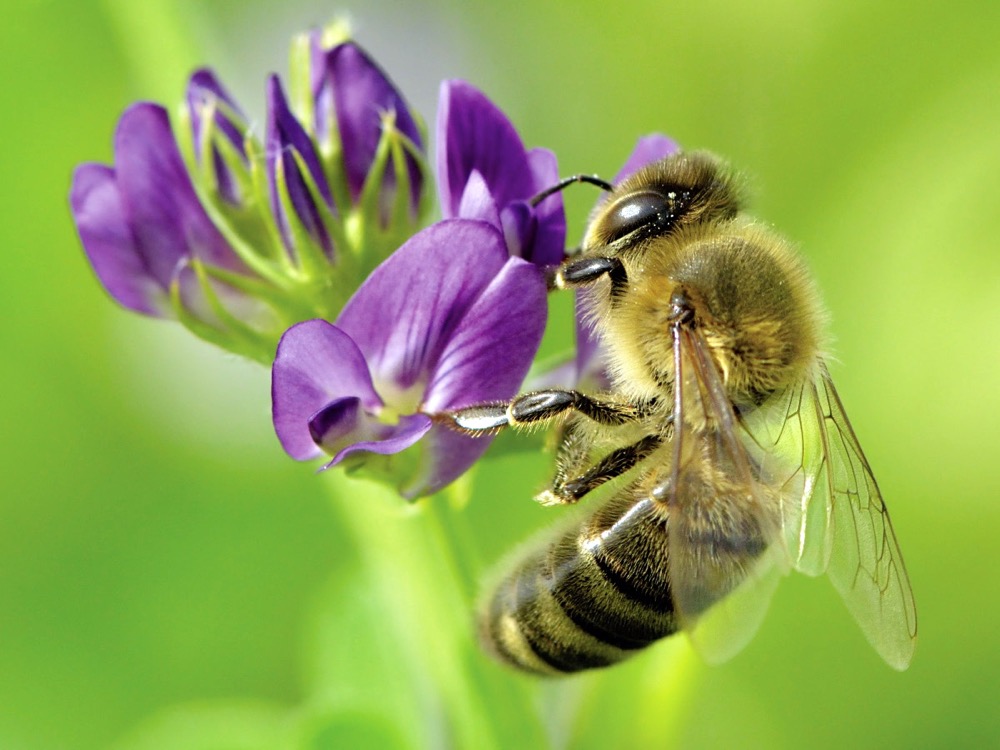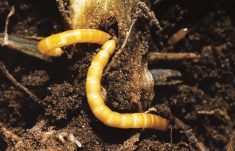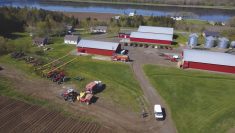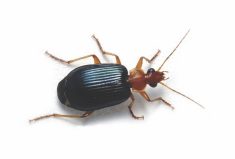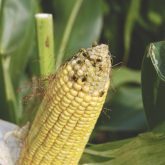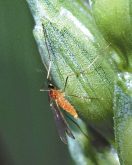It can be worrying to see insects crawling over your nicely developing crop, but are they doing any damage? And even if they are, before ordering the insecticide, will spraying kill the good bugs that are already at work controlling the bad ones, not to mention other insects that are important for pollination?
While killing all insects in the field may solve a current problem, it can make the field vulnerable to crop-feeding insects that may re-enter the field, particularly those that can move in large numbers or can produce multiple generations in a year. It may also make crops in the area more susceptible in future years.
Read Also

Producers aren’t panicking over tariffs and trade threats
The influence of tariff and trade uncertainity on farm business decisions.
- Read more: A guide to beneficial insects
Even if crop-feeding insects do get to economic levels, management strategies which preserve as many beneficials as possible may be the most economical strategy.
Management tips
These tips can help you maximize the value from beneficial insects in and around your fields, while still managing insects that get to levels where they are a potential threat to the crop.
- Use economic thresholds when these are available. Applying insecticides when crop-feeding insects are not at high levels can cause more harm than good. If beneficial insect populations are keeping crop-feeding insects below economic levels, destroying the beneficial insects can potentially allow some crop-feeding insects to reach pest levels.
- If insect levels surpass the economic threshold and use of an insecticide is desired, when practical, use a selective insecticide which targets a specific group of insects and has little or no harm to natural enemies.
- Use insect-resistant crops. Crops that have some resistance or tolerance to crop-feeding insects, such as midge-tolerant wheat or Bt corn, can be used when populations of crop-feeding insects are a high risk. These crops target specific crop-feeding insects, and will do little or no harm to natural enemies of insects.
- Crop rotation can prevent some insects that potentially can reach pest levels from achieving damaging levels.
- Providing favourable habitat for beneficial insects can help maintain consistent populations. Adult hover flies and parasitic wasps need pollen and nectar for longevity and reproductive success.
Also helpful is a diversity of flowering plants, both in species diversity and when they flower. For example, adults of some parasitic wasps will visit flowering plants in many families to obtain nectar and pollen. However, many species with short mouth parts may be restricted to plants of a few or one family, such as umbelliferous plant that have exposed nectaries. Minimum or zero tillage may increase populations of some predaceous insects.

